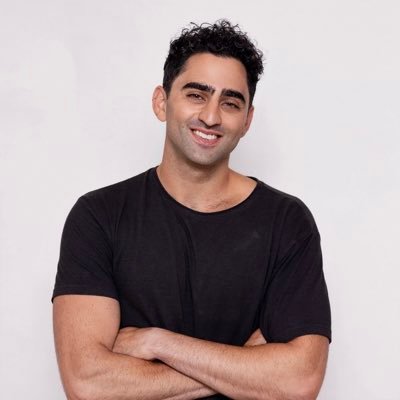1/ The analysis from the lending risk service provider @chaoslabs shows a fundamental misunderstanding of how Morpho works.
2/ First, Morpho does not lend out (or rehypothecate) collateral assets, similar to Compound III. In Morpho Blue, collateral is deposited solely to secure borrowings. It's not lent to other users to earn yield, like in shared liquidity pool models, e.g., Aave. The design reduces "shared" capital efficiency due to the lack of rhypothecation but it provides strong risk isolation. The claim that "users can't withdraw collateral" is just factually incorrect.


3/ If the goal is to highlight deUSD as a risky asset, the example should use deUSD as collateral and USDC as the debt asset.

4/ Assuming the previous example was a typo and the debt asset is USDC, the concepts of "shared USDC pool" and "shared market liquidity" don't exist. Morpho uses isolated markets, and each one is a standalone pool pairing one collateral asset with one debt asset, with no cross-contamination of risks or liquidity. Curators are responsible for allocating USDC liquidity to individual Morpho Blue markets through vaults. Users can also bypass managed vaults and deposit directly into Morpho Blue markets via direct contract calls or @monarchlend, if they are comfortable with their own decisions.


5/ The risk exposure of vault depositors' USDC liquidity depends on the curators’ allocation decisions. Any new experimental token collateral paired with USDC debt market will not automatically be added to the vault. Comparing with a shared liquidity model where safety depends on the weakest collateral onboarded (or voted in), curators must explicitly choose to allocate liquidity to it and expose to risk.

6/ However, Morpho’s isolated markets and the need to explicitly opt in to each market create additional operational overhead for curators. In contrast, Aave lenders automatically earn yield from new collateral assets enabled debt once they are onboarded.
7/ In summary:
- Morpho: liquidity is actively managed, with trust placed in curators to optimize risk-adjusted yield. Only capital allocated to individual isolated markets is at risk, and there is no cross-contagion between markets.
- Pool Model: risk depends on market segmentation (e.g., assets in Core vs. Prime instances in Aave) and features like e-mode and isolation mode, where risk from one asset could potentially affect all others in the same market instance. Illiquidity risk due to collateral rehypothecation applies within this type of market.
Morpho's design is not suboptimal, it's just taking different tradeoffs for DeFi lending design.
10,05k
67
Innholdet på denne siden er levert av tredjeparter. Med mindre annet er oppgitt, er ikke OKX forfatteren av de siterte artikkelen(e) og krever ingen opphavsrett til materialet. Innholdet er kun gitt for informasjonsformål og representerer ikke synspunktene til OKX. Det er ikke ment å være en anbefaling av noe slag og bør ikke betraktes som investeringsråd eller en oppfordring om å kjøpe eller selge digitale aktiva. I den grad generativ AI brukes til å gi sammendrag eller annen informasjon, kan slikt AI-generert innhold være unøyaktig eller inkonsekvent. Vennligst les den koblede artikkelen for mer detaljer og informasjon. OKX er ikke ansvarlig for innhold som er vert på tredjeparts nettsteder. Beholdning av digitale aktiva, inkludert stablecoins og NFT-er, innebærer en høy grad av risiko og kan svinge mye. Du bør nøye vurdere om handel eller innehav av digitale aktiva passer for deg i lys av din økonomiske tilstand.



